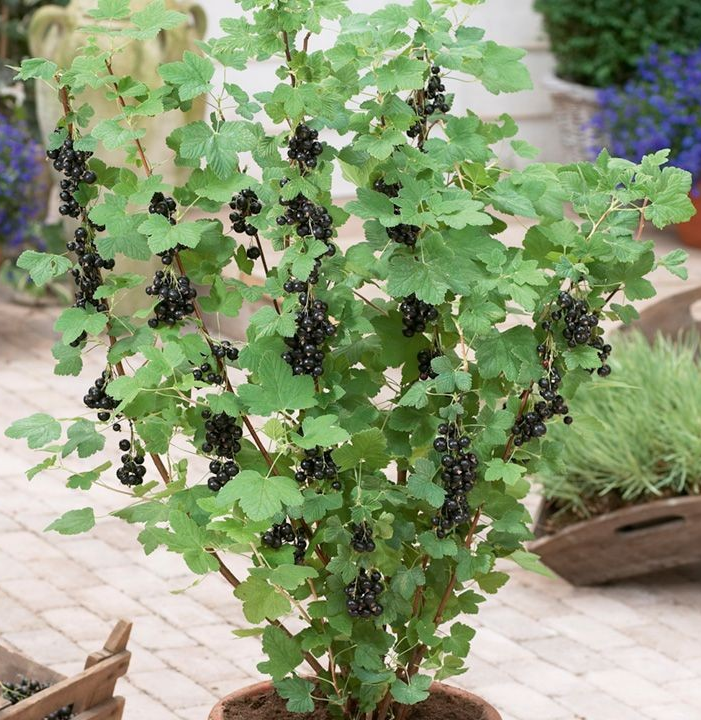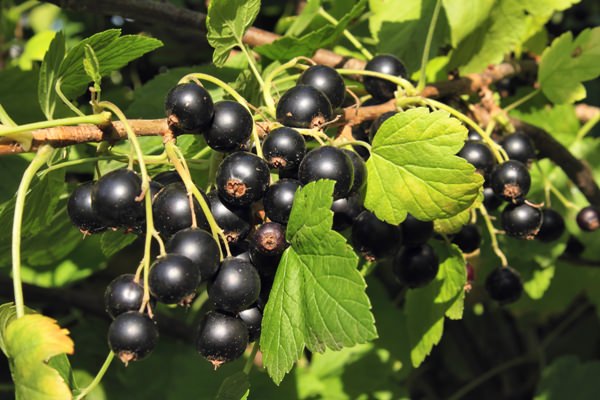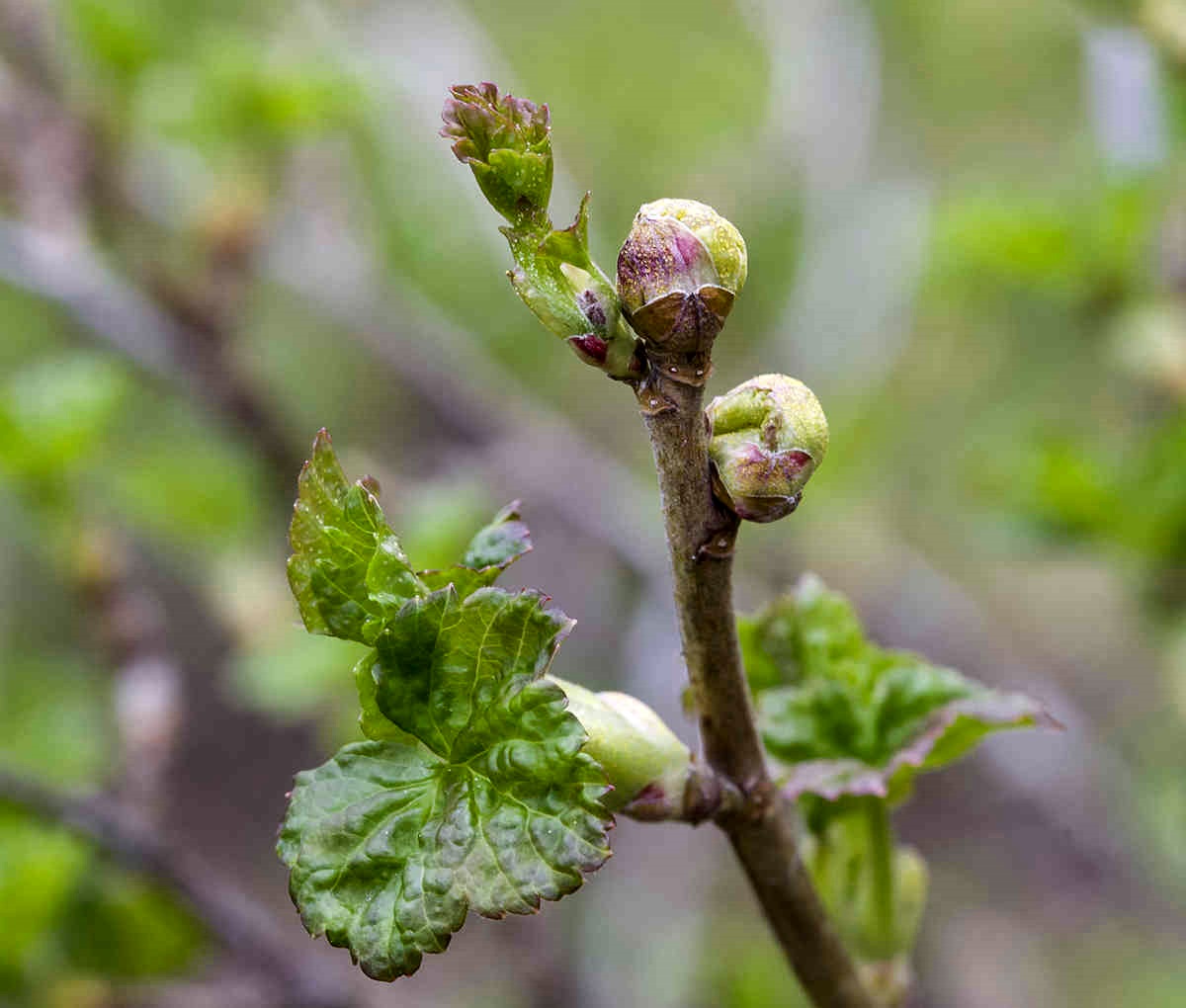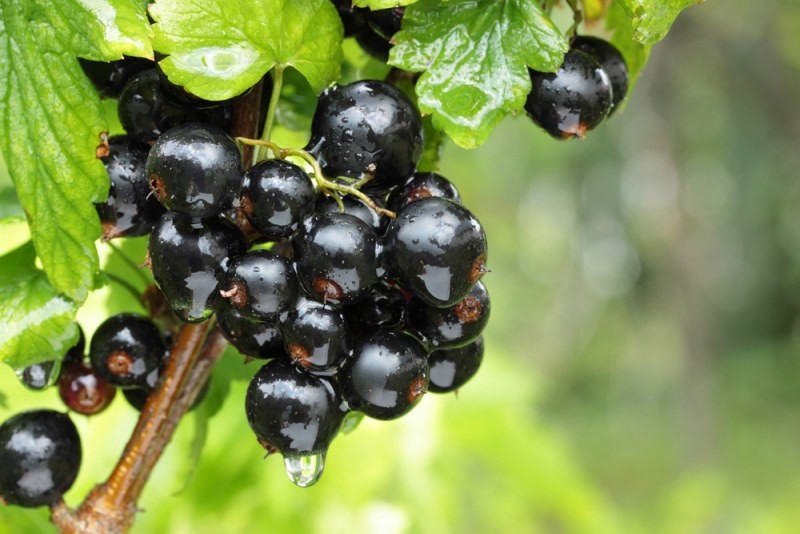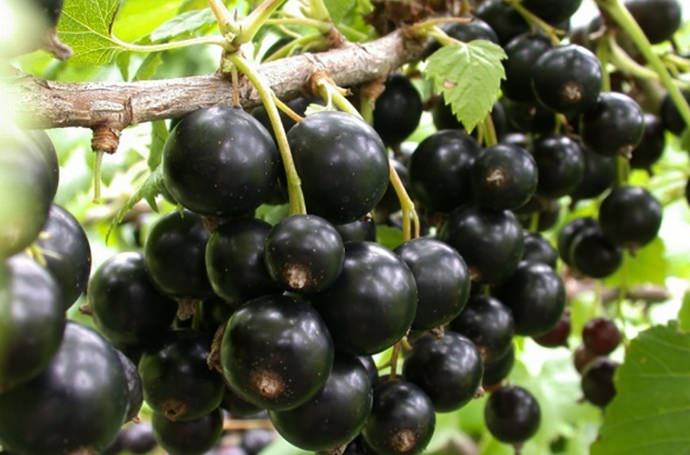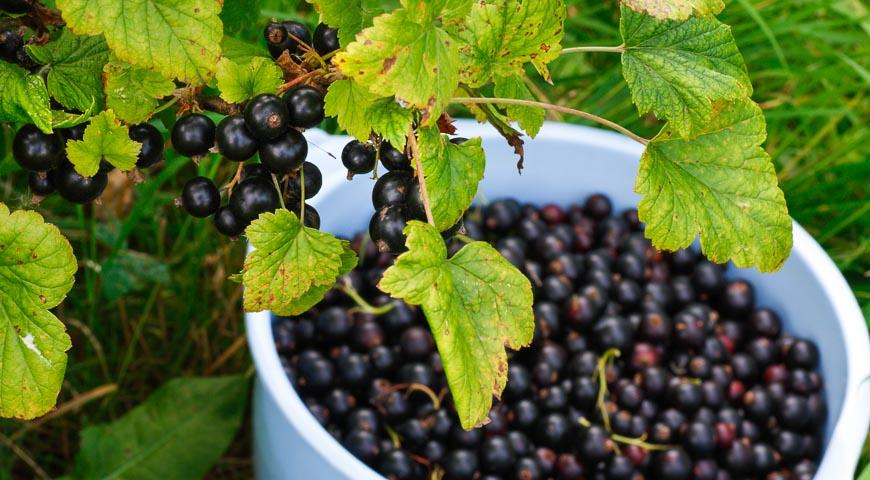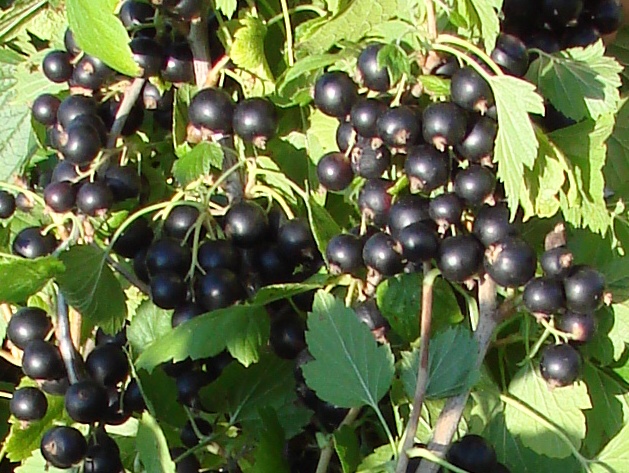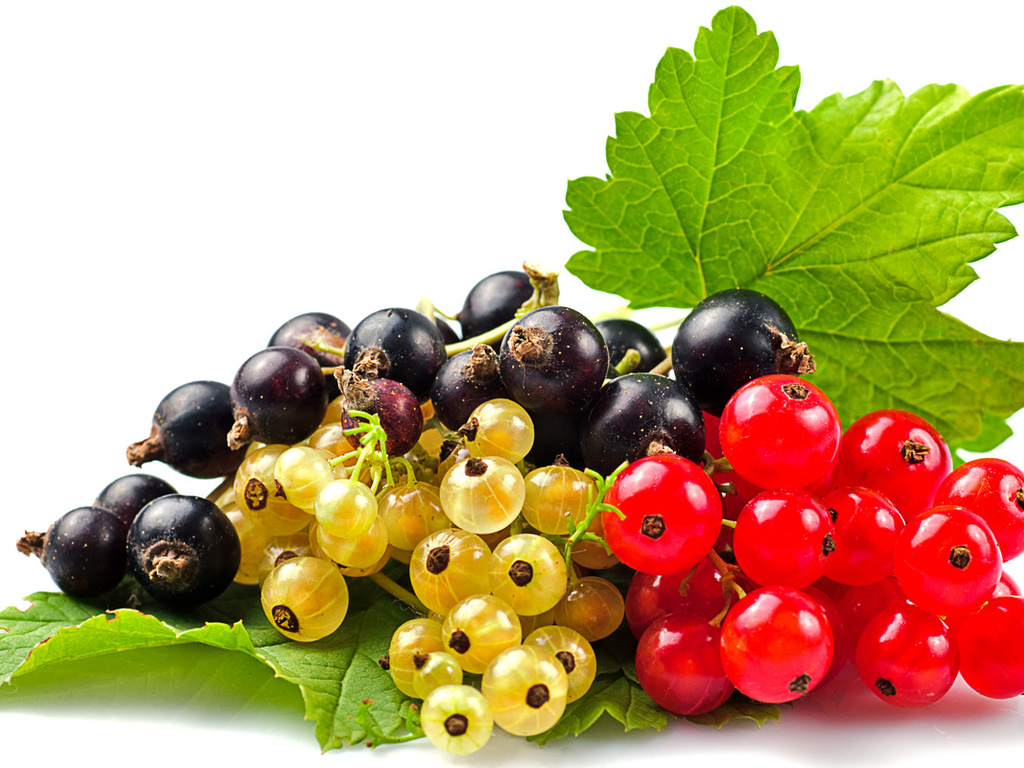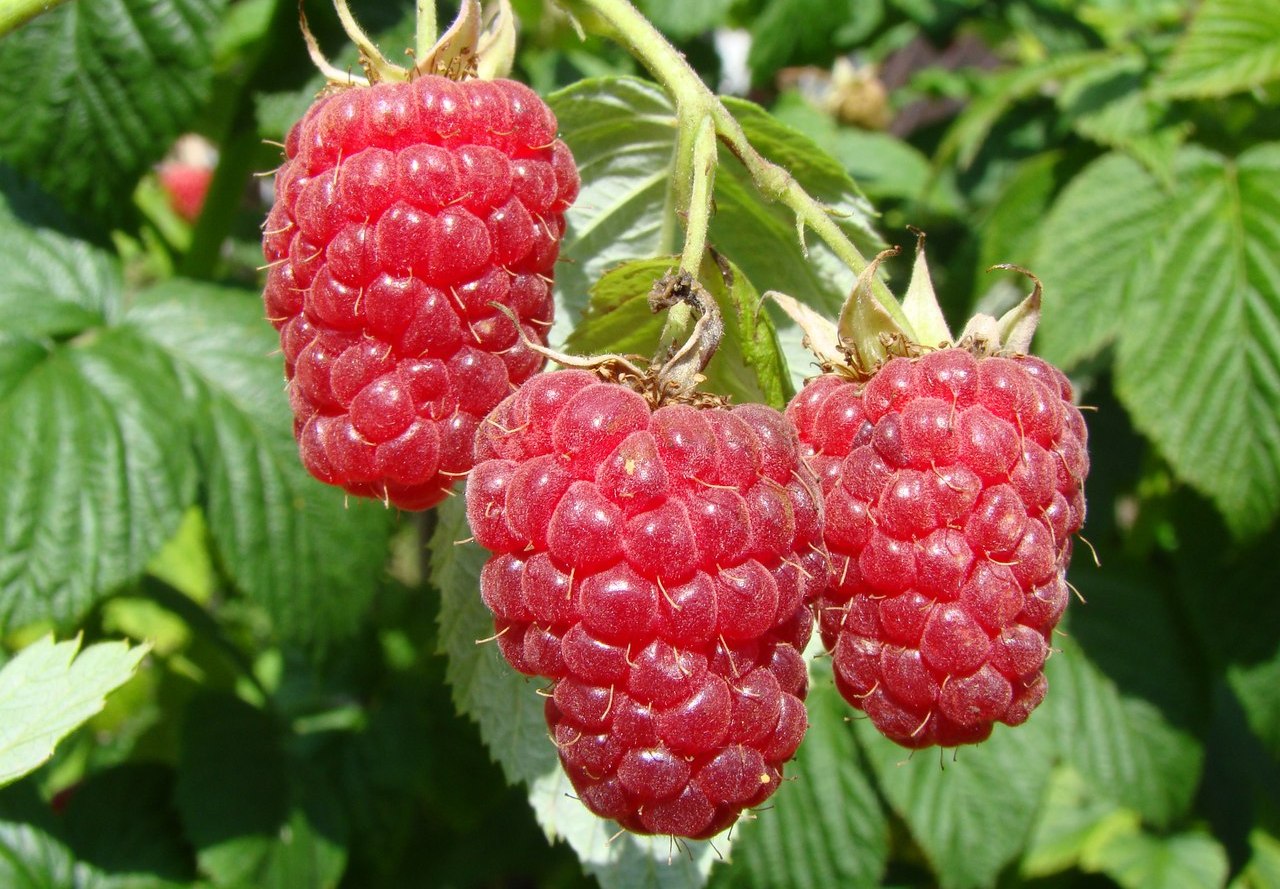Content:
Growing currants is a completely uncomplicated process. At the same time, there are still certain rules, without observing which, you will not get the desired result. These rules include:
- Choosing the right landing site;
- Creating a suitable soil for the bush;
- Watering at the right time;
- Bush pruning;
- Prevention and protection against diseases and pests.
Based on these rules, the article provides the reasons why black currant does not bear fruit.
About currants
There are red, white and black currants in nature. The most unpretentious and productive is the red type of plant. At the same time, black currant is a storehouse of vitamins and minerals that are so necessary for the human body. It includes:
- vitamins A, B, C, P;
- sodium;
- potassium;
- phosphorus;
- iron;
- magnesium;
- pectins;
- organic acids.
One handful of currant berries can replace a whole complex of vitamins obtained in laboratory conditions. If we talk about how productive a currant bush is, then from one hectare you can take about thirty kilograms of pure berries.
Most gardeners believe that currants are an unpretentious shrub, and more and more harvests are expected every year. But the time comes, and the bush stops bearing fruit, you can find only three or four small berries on it. Naturally, if the bush is young, and it is only one year old, then such a phenomenon is the norm. But why does the black currant not bear fruit if the bush is already two, three, or even four years old?
Black currant as a species: characteristics
Currant is a shrub that grows and bears fruit over the years. It grows from two to two and a half meters. The fruitfulness of a currant bush begins already in the second or third year after planting. The branches of the currant are the stems, on which, in turn, a new branch grows. It all depends on the care of the plant and the soil conditions.
Black currant is a bush that loves moisture very much. This is due to the origin of the bushes that grew in the wild. Most of them grow in lowlands, closer to water bodies. The root system is also located in the upper layers of the soil, which proves the moisture content of the shrub. In addition, currants are very plastic and have the ability to adapt to different types of soil, as well as to climatic conditions. It is this feature of the plant that allows it to be grown in almost any corner of the country, as a result of which it ranks first among other garden berries. But why sometimes black currant does not bear fruit, what reasons can interfere with fruiting?
Reasons why currants do not bear fruit
In cooking, currants are used for making jam, jam, compote and even freezing. But there are times when gardeners and gardeners are faced with the problem of poor fruiting and ask the question: why are there no berries on the currants? The reasons for this may be:
- lack or excess of sunlight;
- condition of the land;
- weather;
- diseases and pests.
Landing place
The peak yield of black currant falls in the fifth year after planting. If a shrub feels comfortable, it bears fruit every year and at the same time pleases with more and more yield.The absence of berries in the first year of planting is the norm for a shrub. But if they did not appear the next year and beyond, this is a reason to sound the alarm.
The first reason the plant does not produce fruit is the lack of the right amount of sunlight, since currants like to grow in well-lit areas. But on the other hand, she also needs a shadow. Because excess sunlight also negatively affects the development of the plant. Therefore, it is recommended to plant a currant bush in a place where the sun's rays falling on it will be scattered.
Soil condition
If the currant grows poorly, then in order to eliminate this problem, it is necessary to choose the right soil. It must also be moist, otherwise the shrub will not give the expected fruit. Currants need feeding, fertilization is necessary at the rate. If the soil is over-shaved and it becomes too greasy, it is necessary to dig trenches around the bush. They need to fill in a mixture of clay, ash and bone meal.
You also need to monitor the acidity of the soil and periodically add lime. This procedure should be done one year before planting black currants. However, the soil should always be prepared in advance. To do this, they loosen it, get rid of weeds, level it and revitalize it. Fertilizers include:
- compost;
- superphosphate;
- chloride or sulphate potassium.
Weather
Since there are several varieties of black currant, it is necessary to take into account the climatic conditions for this plant when choosing it. In most cases, the black currant bush is a heat-loving plant. For this reason, the varieties that are grown in the southern zone of Russia are in no way suitable for the middle zone, since the last frosts in the spring can damage the crop, and the gardener will not wait for the desired harvest. Therefore, in order to avoid such troubles, it is necessary to choose only those varieties that are intended for cultivation in the area where planting is planned.
No pollination
In most cases, black currant is a self-pollinated crop. But there are several varieties of this plant that require cross-pollination. If this process does not occur, then the culture will not bear fruit. At best, a gardener will see only two or three berries on his favorite bush.
Diseases and pests
In order for the berry bush to have a beautiful green crown and bear fruit every year, you need to monitor its health. Reversal is one of the most common diseases. In the case of this disease, the currant bush undergoes significant changes. First of all, the leaves begin to elongate, the veins on them appear more strongly, and the berries lose their specific aroma. The berry also begins to bloom in a different color. The flowers turn purple. In this case, the fruits will naturally not appear. In the case of a plant disease with this disease, treatment is impossible. In this case, the old branches or all the currants must be removed and burned.
Young plant buds are attacked by a tick. It is impossible to visually detect this pest. The only symptom of mite damage to the culture is unnaturally enlarged buds that have become round. Thus, affected branches or even entire bushes must be destroyed and burned.
Another pest is the glass butterfly. A sign that this insect has appeared on a currant bush is a fallen ovary, as well as withered leaves. This pest makes moves from the inside of the shoot and gnaws at it from top to bottom. In order to get rid of it, you need to remove all damaged shoots, while leaving only healthy branches. The cut site is processed with garden varnish.
Forest ants love to feast on currant flowers. To get rid of them, you need to apply folk methods of struggle.In order not to damage the plants, chemicals should not be used under any circumstances.
Preventive measures
To prevent diseases of black currant, the bush and the soil around it are sprayed with high concentration of urea in late autumn. For the solution, take 700 grams of urea and dissolve them in ten liters of water. Thanks to this spraying, all pathogens, as well as pests that are in the bark and forks of branches, die.
After the snow melts, spraying should be repeated. In addition, young foliage should be sprayed with "Zircon" and "Epin-extra". These substances will make plants resistant not only to diseases and pests, but also to weather conditions.
Under any circumstances, first of all, you need to determine the cause and only after that proceed to eliminate the shortcomings. With the right approach to preventive methods of eliminating diseases, the plant in response will give an excellent harvest of fragrant and healthy berries.

